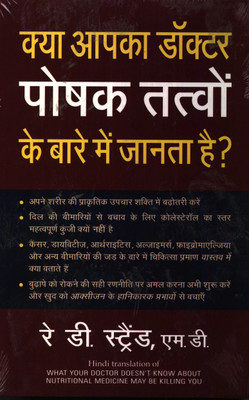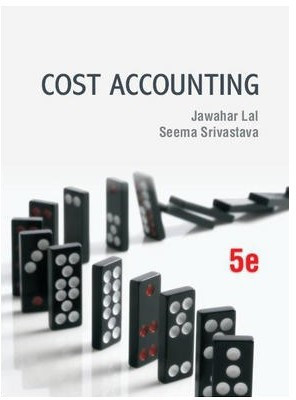
Molecular Parameters Indicating Adaptation to Mechanical Stress in Fibrous Connective Tissue (English, Paperback, Milz Stefan)
Share
Molecular Parameters Indicating Adaptation to Mechanical Stress in Fibrous Connective Tissue (English, Paperback, Milz Stefan)
Be the first to Review this product
Special price
₹12,110
₹17,535
30% off
Available offers
T&C
T&C
T&C
T&C
Delivery
Check
Enter pincode
Delivery by25 Aug, Monday
?
View Details
Highlights
- Language: English
- Binding: Paperback
- Publisher: Springer-Verlag Berlin and Heidelberg GmbH & Co. KG
- Genre: Science
- ISBN: 9783540244745, 9783540244745
- Pages: 74
Seller
Description
1 Introduction 1. 1 General Remarks The connective and supportive tissues constitute a considerable amount of the biomass in human and animal organisms. Characteristically, the osseous, car- laginous, and ?brous tissues each connect a vital part (cells) with a non-vital part, i. e. , extracellular matrix (ECM). The composition of the ECM constitutes the mechanical qualities of the respective tissue. The functional role of the bone and cartilage tissues is exhaustively discussed in the relevant literature. Whereas bone tissue provides the static and dynamic stability of the system as a whole, cartilage tissue accounts for the power transfer between bones. The articular cartilage insures a fairly friction free mobility of skeletal elements; likewise, cartilage interposed between skeletal elements allows mobility due to its reversible deformability. Under both static and dynamic con- tions, the powers transferred are remarkably large, while the ensuing mechanical force on various tissue zones varies. Tight connective tissue, especially muscle tendons and ligaments, are also part of the skeletal power transfer system. facilitating the transfer of tensile forces. The tendons of the locomotor system serve the purpose of transferring muscular - ergy to those skeletal elements to which they are attached. In this function, they are referred to as tensile tendons ("Zugsehnen"). Inseveral body parts, however, tendons appear in a peculiar mechanical situation: they pass around so-called - pomochlia, i. e. , bony pulleys. Hence, these tendons are referred to as wrap-around tendons ("Gleitsehnen").
Read More
Specifications
Book Details
| Imprint |
|
Dimensions
| Height |
|
| Length |
|
| Weight |
|
Be the first to ask about this product
Safe and Secure Payments.Easy returns.100% Authentic products.
Back to top








